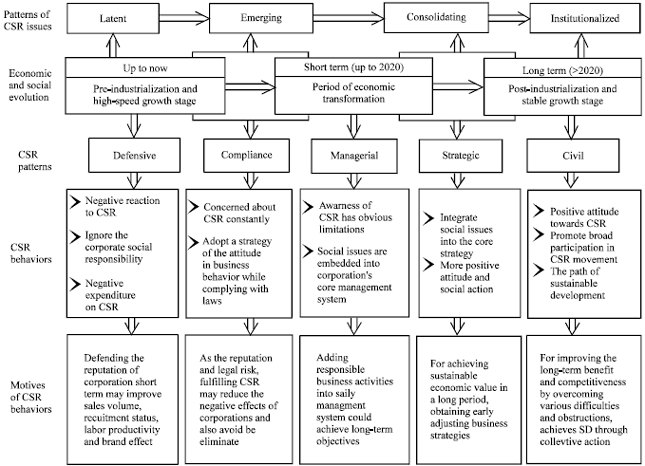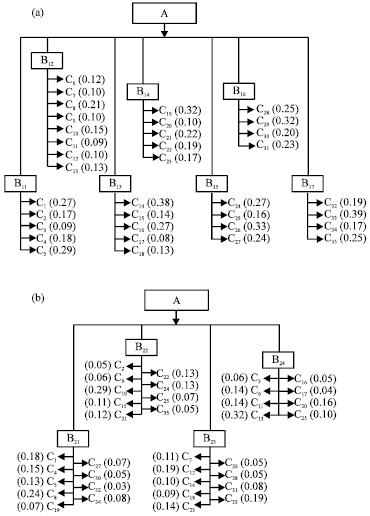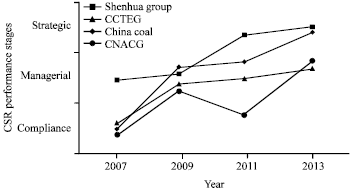Research Article
A Dynamic Model for Corporate Social Responsibility: A Case Study of Chinese Major Coal Producers
Department of Mineral Resource Engineering, University of Science and Technology Beijing, 30 Xueyuan Road, Beijing, 100083, People�s Republic of China
Zhongxue Li
Department of Mineral Resource Engineering, University of Science and Technology Beijing, 30 Xueyuan Road, Beijing, 100083, People�s Republic of China
Yiqing Zhao
Department of Mineral Resource Engineering, University of Science and Technology Beijing, 30 Xueyuan Road, Beijing, 100083, People�s Republic of China
Cuiping Li
Department of Mineral Resource Engineering, University of Science and Technology Beijing, 30 Xueyuan Road, Beijing, 100083, People�s Republic of China
























